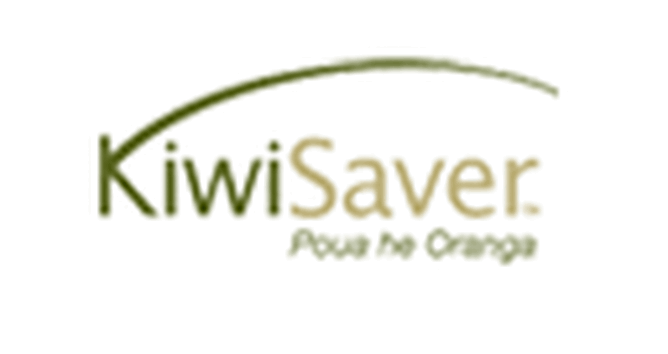It is important to understand how your investments are performing. This doesn't mean that you should be chasing performance - flitting between the best fund manager for the last period, or changing your investment risk profile to try and catch that great performance last year.
What this means is that when you have worked out what your goals and objectives with your investments are, and what your risk profile is, that you monitor how your investments are going, relative to those goals and objectives, and relative to the other options in the market.
KiwiSaver is likely to be the core of your investment strategy, unless you are already retired. Therefore, it is important to keep an eye on what is happening.
Morningstar publish a survey of KiwiSaver returns every quarter. This survey covers the majority of the major KiwiSaver providers, and there is always an interesting commentary at the front of the report. To access the Morningstar December 2012 survey, go to Morningstar KiwiSaver Survey to 31 December 2012.
There are a number of things that you need to review and consider when you are looking at a survey like this, and we will update you on the issues as future surveys are released.
This quarters survey is the second survey to cover a 5 year pa return (KiwiSaver fund managers first received the funds on 1st October 2007 after they spent 3 months in holding at IRD.) One of the notable features is that after many years of Conservative and Cash type risk profiles performing, the 'growth' or equity based funds have outperformed in recent times.
In particular, Australasian Equity funds have done well (invested in New Zealand and Australian Shares.) However, this is really only relevant to you if you are a more sophisticated investor and have chosen sector specific funds for your KiwiSaver investments.
As the KiwiSaver survey shows the vast majority of investors funds are held in the conservative options (including the default options). This is followed by the Balanced Funds, Growth Funds and then Moderate Funds. In comparison there is a meagre $901.6m held in 'Aggressive' investments. Of these 'Aggressive' investments, only $243.6 million is invested directly into sector specific 'growth' funds - Property, Australasian Equity and International Equity.
| Type of Fund | Assets (millions) | % of all KiwiSaver Funds* |
| Conservative (including Default options) | $5,142.30 | 38.19% |
| Moderate | $1,979.10 | 14.70% |
| Balanced | $2,380.50 | 17.68% |
| Growth | $2,193.60 | 16.29% |
| Aggressive | $901.60 | 6.70% |
| Single Sector Investments | $869.10 | 6.45% |
| TOTAL | $13,466.20 | 100.0% |
*Surveyed by Morningstar as at 31/12/2012
As a result, unless you are an aggressive, relatively sophisticated investor, it is probably more relevant to track the Balanced or Conservative funds relative return. There are a number of reasons why Moneyworks tracks Balanced Fund options, which we will outline in a future post, but this gives a good idea of the ability of the actual fund manager in relation to other fund managers.
Other blog entries that you might be interested in:
KiwiSaver – How do you measure performance? – Fund Size
Video – KiwiSaver Beginners Guide – Part One
Video – KiwiSaver Beginner’s Guide – Part Two
Video – KiwiSavers Beginners Guide – Part Three
Video – KiwiSaver Beginners Guide – Part Four
If you have any thoughts or opinions that you would like to share, visit us at our Facebook or Linked In pages, and comment.
By Peter Church





